Some children who have more difficulty than others with potty or toilet training might need a little extra help. Here’s how to recognise when the ups and downs of toilet training may need you to take a different approach.
Toilet training issues
Maybe they’re just not ready, they’re having constant accidents or don’t want to use the potty or toilet
- Some children are afraid of sitting on the potty or toilet – it’s hard and a bit cold! They might feel more comfortable using a soft foamy toilet seat reducer ring. If you use a ring, make sure their feet are well supported with a step, so they don’t feel wobbly and insecure when sitting on the toilet.
- Some children also have sensory issues and hate the sound of flushing or water splashing against their skin. Try putting toilet paper in the bottom of the toilet to prevent splashing, and let them finish up and leave before flushing. Gradually work on them getting closer to the toilet when the toilet flushes.
- Try little rewards and lots of praise for sitting on even for a moment, build up gradually until they’re content to sit for a few minutes at a time.
- Make sure they’re drinking really well, which makes the bladder fill quickly, and try to put them on the potty or toilet about 20 minutes after a drink.
- If you feel they just aren’t at the right stage of development to start training, leave it for a month or so and then gradually start again, building up their confidence with tiny steps and using rewards.
They’re happy to pee in the potty but won’t poo anywhere else except their nappy
- This is a really common problem and may just be a phase. It’s important not to make a big deal of it as this might lead to them ‘holding on’ and becoming constipated. Make sure the bathroom environment is comfortable for them and figure out if they have sensory issues that they might need help with (for example, disliking the noise of the flush – see above). Try letting them poo on the potty with their nappy on, gradually loosen it, then work towards removing it completely, this can take weeks. Reward each tiny step of progress.
- If your child does fewer than 4 poos per week, strains when pooing, or does hard or uncomfortable poos, they may be constipated. Constipation is often the underlying problem with children who will only poo in their nappies, or ends up becoming a problem due to their fear of having a poo in the potty or toilet then starting to ‘hold on’. This needs to be treated effectively with laxative medicine by your doctor.
They were completely dry for months and now they’re wetting themselves again
- It’s really common to have setbacks when potty training; this may just be because they’ve become bored and lost motivation. Try again with little rewards, maybe some new favourite underwear, a sticker chart or tiny toys.
- It can also happen if there’s been a big change or stresses in their life or home routine. Lots of reassurance, praise and encouragement for managing the building block steps of toilet training can help if this is the problem.
- Lastly, make sure they’re not constipated, which can commonly cause problems with wetting again, after children have been successfully toilet trained. If you think this is the case, get in touch with your GP.
How long is this going to take? It’s been months and we’re still in training pants!
It can be normal for potty training to take months. If you’re losing heart, go back to basics, and keep a chart to record your child’s pee and poo times. Make sure they’re drinking really well and not constipated, and start again with really structured, timed toileting and lots of encouragement.
 Activities & Play
Activities & Play Behaviour
Behaviour Childcare
Childcare Development & Growing Up
Development & Growing Up Family, Friends & Relationships
Family, Friends & Relationships Feeding Your Baby
Feeding Your Baby Food & Eating
Food & Eating Health & Safety
Health & Safety Mental Health & Wellbeing
Mental Health & Wellbeing Money & Work
Money & Work Online Behaviour & Safety
Online Behaviour & Safety Pregnancy & First Days
Pregnancy & First Days School & Education
School & Education Sleep
Sleep

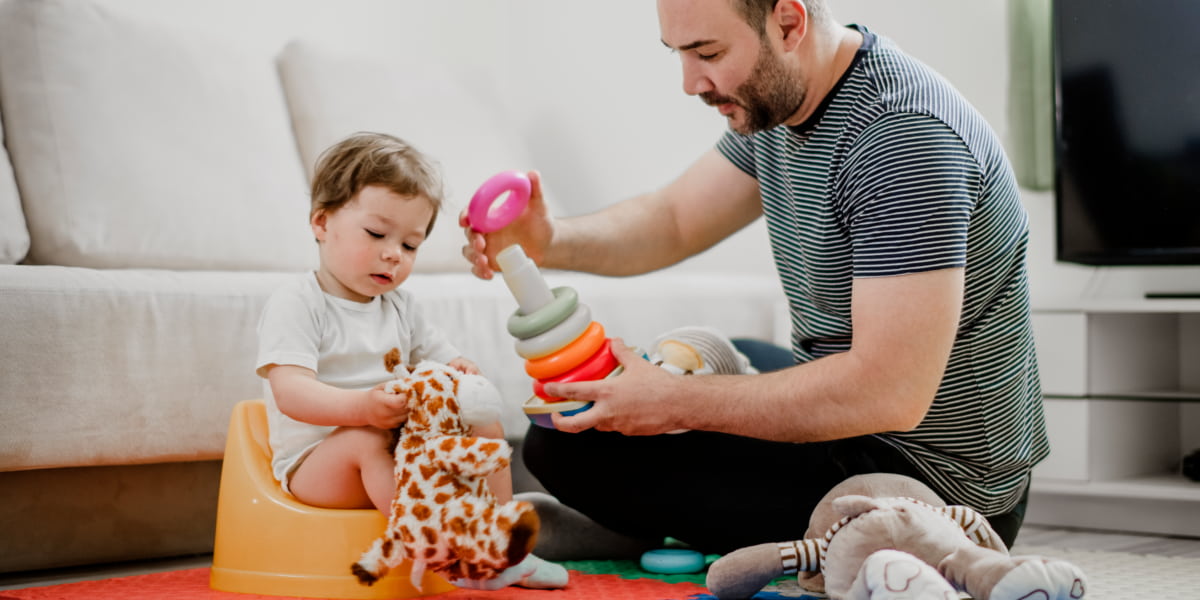
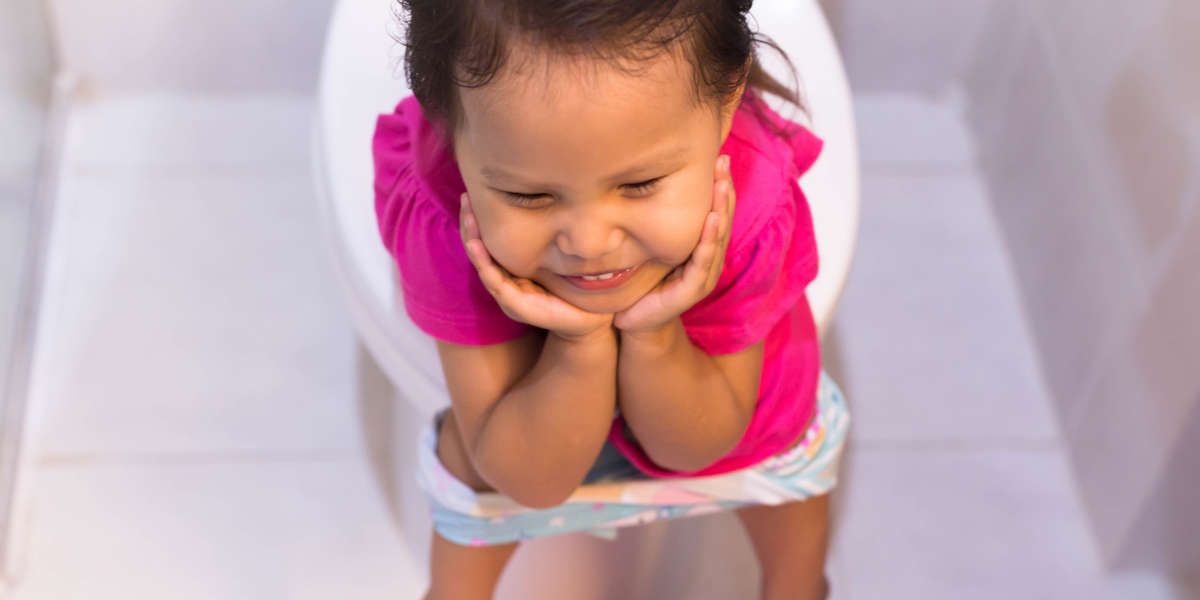

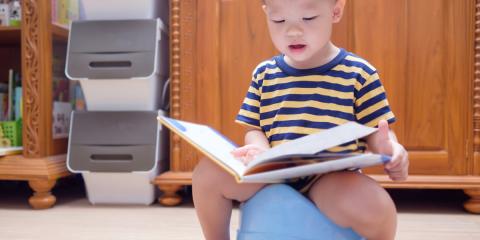
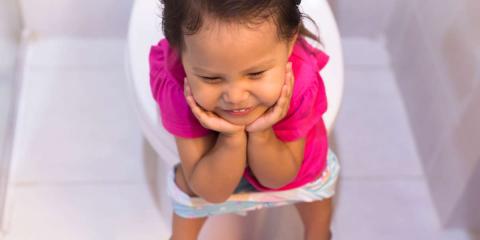
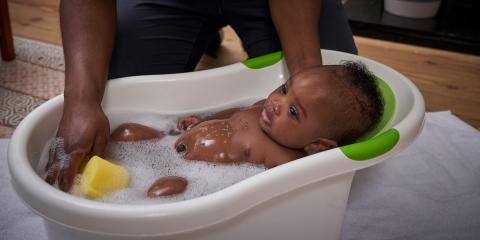
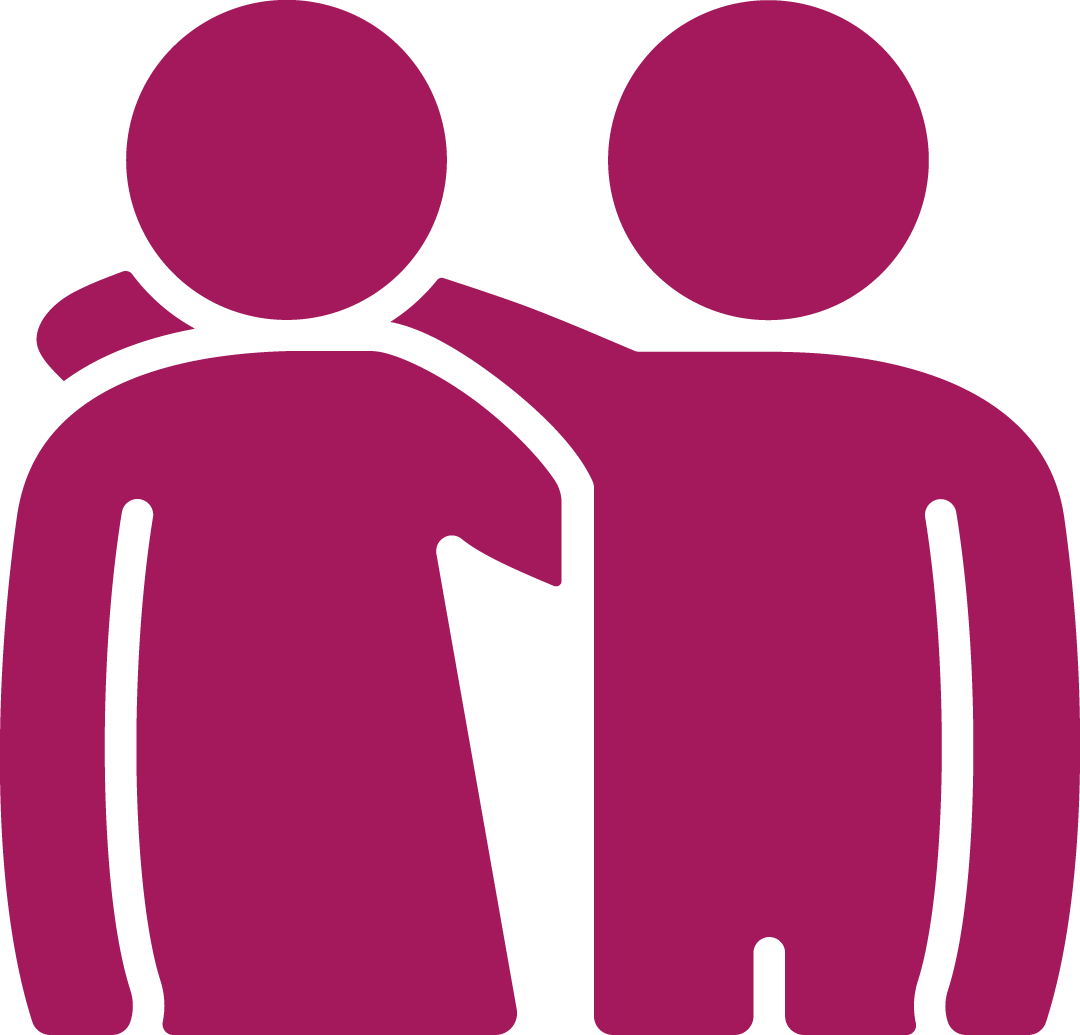 Family, Friends & Relationships
Family, Friends & Relationships
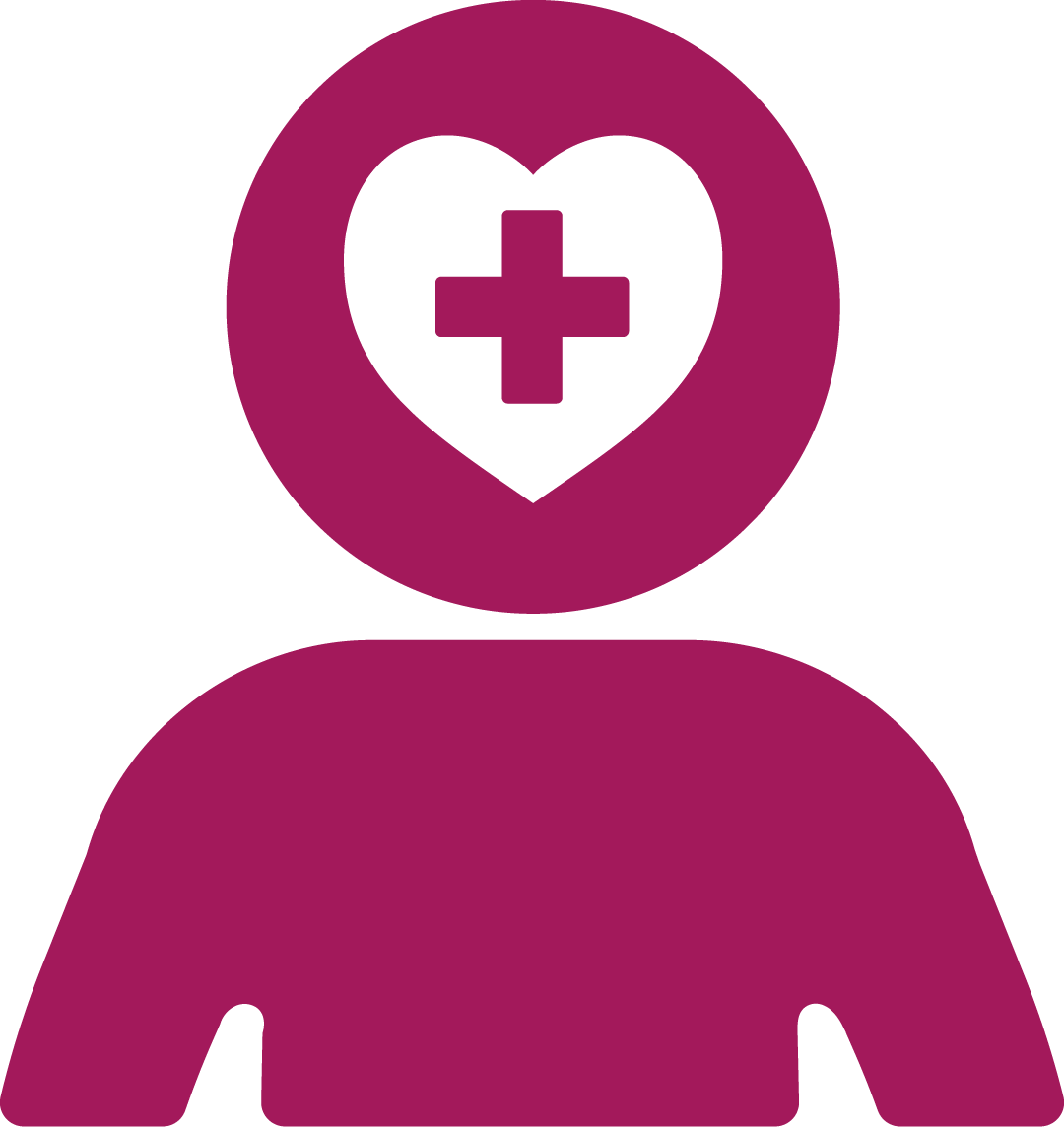 Mental Health & Wellbeing
Mental Health & Wellbeing